- Gadgets
- A
Neuro-digest: key events in the world of AI for the first week of July 2025
Hello! This is the new issue of the "Neuro-digest" — short and useful reviews of key events in the world of artificial intelligence and technology.
I am Vander, and every week I make a review of news about neural networks and AI.
This week was busy: HuggingFace released SmolLM 3 — the best 3B model, Apple is considering Claude and GPT instead of Siri, and Suno has seriously entered production and bought DAW. Neuro-GTA can now be touched, and Denmark is the first in the EU to introduce copyright for appearance and voice to fight deepfakes.
All the most important things — in one place. Let's go!
📋 In this issue:
🧠 Models and LLM
SmolLM 3 — an open 3B model from HuggingFace with top accuracy
CADFusion by Microsoft — 3D models from description
Apple may use ChatGPT or Claude for the new Siri
🎨 Generative Neural Networks
The much-discussed Higgsfield Soul is now free
AI engine from Dynamics Labs: GTA and Forza on neural networks
Suno bought WavTool and is preparing a generative DAW
🛠 AI Tools and Platforms
X will integrate AI into community notes
Cursor launched a web app for managing code agents
Songscription turns music into notes
Gemini turned into a basketball coach
🤖 AI in Society and Research
Denmark against deepfakes: copyright for voice and appearance
Gemini passed the Chinese gaokao exam better than 99% of graduates
Neuralink taught patients to control robots with their minds
Magnetic robots for destroying infections
Call center workers are being mistaken for AI. And they are annoyed by it.
Stations for quick baggage search at Pulkovo
ChatGPT drove an Idaho mechanic to psychosis
Neural network to detect babesiosis in dogs
Why is the favorite number of neural networks 27?
🧠 Models and LLM
❯ SmolLM 3 — an open 3B model from HuggingFace
HuggingFace released SmolLM 3 — the most powerful 3B LLM today. It outperforms Llama 3 and Qwen 2.5 of similar size, only trailing behind larger 4B models like Qwen 3 and Gemma 3.
In addition to the model, there is a detailed blog with configs, pipeline, and explanations on how to train everything.
The model was trained for 24 days on 384 GPU H100 — using a three-stage scheme: first Web+Code+Math, then increased the share of code and math, and finally conducted a separate mid-training stage for reasoning. A risky moment — reasoning was trained without RL, only on pre-made trails.
The final fine-tune was done using Anchored Preference Optimization: real preferences from Tulu 3 were supplemented with synthetic data from Qwen3-32B. The checkpoints were manually mixed — this preserved 128k tokens of context without sacrificing math.
Why is this needed? SmolLM 3 is a benchmark for research: open, powerful, and reproducible. You can build your pipelines on top of it, modify the training process, and test hypotheses.
The model supports tool calling via xml_tools and python_tools. It knows 6 languages: English, French, Spanish, German, Italian, and Portuguese.
🔗 Blog post 🔗 Model on HuggingFace 🔗 GitHub
❯ CADFusion from Microsoft — 3D models from text descriptions
Microsoft introduced CADFusion — a neural network that builds parametric 3D models from text. It is based on Llama 3 with 8B parameters, fine-tuned for engineering tasks.
We simply write "a cylinder with threads and a hole for a bolt", and the AI immediately generates an exact model, which can be further modified using text commands. The generation works in conjunction with the CAD interface, so the object is immediately ready for editing.
By metrics, CADFusion outperforms its competitors by 50% in quality, especially in tasks involving parameterization and details. The neural network is already being used to speed up prototyping, where quickly sketching out the shape and logic of an object without manual drawing is crucial.
❯ Apple might use ChatGPT or Claude for the new Siri
Apple is considering OpenAI and Anthropic's neural networks as the engine for Siri. Both companies have already been tasked with training custom versions of their models that will run on Apple's servers.
This could be a turning point: if they choose an external model, it will be an acknowledgment that the internal Siri model is not sufficient. While they are still developing their own LLM, more voices within the company are advocating for external solutions.
Internal tests have shown that Claude performs better with requests than Apple's current models. Meanwhile, some members of the Siri team are unhappy: this feels like a rejection of their own developments. Several key employees have already left, and others are receiving offers from Meta and OpenAI.
🎨 Generative Neural Networks
❯ Higgsfield Soul — the trending photo and video generator is now free
One of the most talked-about visual services of the week is Higgsfield Soul. It creates realistic photos and videos resembling magazine covers or commercials. Now up to 20 generations per day are available for free.
It includes lip sync, animation, LoRA-like styles, and camera movements. Everything looks great, but with repeated prompts, there's noticeable low variability: the result looks more like variations of one template rather than a full generation from scratch.
Prompts can be complex and multi-layered, but they don't greatly affect the result — the system seems to pick the closest template and wrap it in the desired style. It's more akin to Flux or HiDream than true text-to-image.
Conclusion: Soul provides vibrant drafts for CGI or reels, but expecting uniqueness or depth from it is premature.
❯ AI-GTA in real-time by Dynamics Labs
The startup Dynamics Labs released demos of two fully neural network-generated games: a chaotic shooter in the style of GTA and a drift arcade game in the style of Forza. Everything works in the browser, in real-time — you can walk, shoot, jump, and drive.
In terms of quality, this is more of a prototype: simple physics, stuttering, unstable logic. But the very possibility of interaction is already impressive — you can see how quickly generative engines are evolving. For comparison, you can look at what the neural-GTA was like in 2021.
Demo versions may lag or not work at all due to server overload.
🔗 Chaos (GTA) 🔗 Drift (Forza) 🔗 AI-GTA from 2021
❯ Suno bought WavTool — now they have their own DAW
Suno acquired the web station WavTool. Now Suno has both a generative engine and a full interface for creating tracks.
What WavTool can do:
real-time recording and editing of samples
MIDI generation
integrated chatbot Conductor, which corrects the track based on a text description
support for VST and stems
Now all of this will become part of the Suno ecosystem. The developers claim they want to create a serious tool for producers and songwriters who care about control, editability, and accuracy.
Suno 5 will likely become a full-fledged DAW with a generative core. Imagine ChatGPT inside Cubase with a vocal generator and auto-arranging.
"Our ultimate goal is to expand the capabilities of musicians, create tools that enhance human creativity, and provide access to creating great music. Bringing in elite DAW technology from WavTool and their team of experts will help us better fulfill our mission," says Mikey Schulman, CEO and co-founder of Suno.
🔗 WavTool 🔗 Suno Press Release
🛠 AI Tools and Platforms
❯ X to integrate AI into "Community Notes"
The platform X (formerly Twitter) has launched a pilot project: now AI bots will suggest explanations for posts in the Community Notes section. However, each note is still checked by humans, as before.
AI is not connected for moderation but rather to speed up the search for misinformation. Both their own models (such as Grok) and third-party models via API are used. X believes that the combination of AI and humans gives the best result: the bot suggests, and people evaluate.
In the scientific paper from X's team, it’s stated that feedback from humans helps AI improve, especially when reinforcement learning is involved. But the final decision remains with humans.
❯ Cursor launched a web app for managing AI agents
The developers of Cursor have launched a web interface where you can assign tasks to AI agents directly from the browser — fix a bug, add a feature, make changes. Everything works without an IDE: write a request, watch progress, and merge the result into the codebase.
In a couple of clicks, you can launch background agents and track their actions — just like the Slack integration that Cursor added earlier. Each agent has its own link, which can be shared with the team.
Cursor is already used by more than half of the Fortune 500, and its revenue has surpassed $500 million per year. The new web app is an attempt to eliminate friction in working with agents and make them more accessible to everyone.
❯ Songscription — an AI that turns music into notes
The service Songscription transcribes music from audio or video into sheet music. Simply upload the file — and you get a score that you can edit, save as PDF, or view on a virtual synthesizer with highlighted keys.
Currently, it works best with piano. Support for guitar, flute, and violin is in testing. In the future, voice and polyphony will be added.
You can set it manually or automatically: you can specify the time signature, key, and desired instrument. The service does not try to transcribe everything at once but focuses on a specific part — for example, just the piano from an ensemble.
Three full transcriptions and 30-second fragments are available for free. A subscription costs $29.99 per month, unlocking export to MIDI and MusicXML.
❯ Gemini became a basketball coach
Blogger and developer Farza Majid created an AI coach based on Gemini 2.5 Pro. Upload videos of shots — the model counts the hits and gives advice on how to improve technique: throw strength, accuracy, angle, etc.
For visualization, he used OpenCV through Cursor — adding a counter, graphics, and text tips directly on the video. Everything works in the browser.
The author believes that with a smart TikTok campaign, this service could earn up to a million dollars a year. He suggests adapting the idea for football, tennis, or any sport with visible hits.
🧩 AI in society and research
❯ Denmark vs deepfakes: copyright on voice and appearance
Denmark is preparing a law that will give people copyright on their face, body, and voice. The goal is to fight deepfakes and protect from unauthorized use of appearance.
The proposed law includes:
appearance and voice are automatically protected, just like music or text
people can demand removal of deepfake content and compensation
protection extends to artists and public performances, even AI-generated ones
satire and parody will remain legal
Cultural Minister Jakob Engel-Schmidt stated: “A person cannot just be passed through a digital copying machine.” The bill is supported by about 90% of the parliament, and it could be passed as early as this fall.
❯ Gemini passed the Chinese Gaokao exam better than 99% of graduates
Gemini 2.5 Pro passed one of the toughest exams in the world — the Gaokao, China's equivalent of the Unified State Exam. The result was 655 points out of 750, which is higher than 99% of graduates. This would be enough for admission to Tsinghua University — one of the top universities in China 🇨🇳
The tasks were taken from real exam materials — without adaptation for AI, just like for humans. The model performed particularly well in mathematics, English, and natural sciences. In the humanities, it was outperformed by the Seed 1.6 model from ByteDance.
❯ Neuralink taught patients to control robots with their thoughts
Neuralink reported clinical trial successes: seven paralyzed individuals are now using the chip to control computers and devices. They move the cursor, type text, control the Optimus robot, play Mario Kart, and even program — all of this with just their thoughts.
The implant is placed in the motor cortex of the brain. It has a thousand electrodes that read neural signals. Training takes from a few hours to 15 minutes, and it can be used for up to 14 hours a day — including at home.
The company is already preparing for the next steps: in 2025, they plan to restore speech, then increase the number of electrodes and gradually integrate with AI. Ultimately, this could become a universal interface for communication, controlling devices, and mobility.
❯ Call center workers are increasingly being mistaken for AI — and it annoys them
In the age of realistic voice models, live people have to prove they are not AI. Hotlines operators are increasingly hearing: "Are you sure you're not a bot?" — and they start coughing, laughing, telling jokes, just to convince the person on the other side of the line that they are human.
AI has not yet replaced operators: 95% of companies do not plan to lay off humans from call centers — as reported by Gartner. But AI is being integrated on all fronts: it routes calls, removes noise, masks accents in real-time — for example, through Krisp. Individuality is being lost, and users are increasingly confusing operators with bots.
According to the US telecommunications union, operators can no longer speak in their own words — everything is recorded and sent to the bosses.
"Now you have to be like a robot and read the script," says Nell Geiser.
Set, a technical support operator, says that sometimes he starts to doubt if he's human: "I wonder, am I even human anymore?"
According to philosopher Nir Eizikovitz from the Center for Applied Ethics, this is just the beginning: "Our sense of uniqueness as a species will gradually disappear".
❯ AI helps find luggage at Pulkovo
Pulkovo airport has started installing neural network stations for luggage search. If a suitcase is lost, the passenger can show a similar example — for example, a photo from their phone. AI compares it with the cameras in the baggage claim area and helps to find the right luggage more quickly.
While there are not many stations yet, the technology is already working: visual search by image + real-time tracking. Representatives of the airport promise that the system will expand — especially during peak seasons.
This is not only about comfort. Over 30 million pieces of luggage were lost worldwide in 2023. Automating this process can reduce the burden on staff and return luggage to passengers faster.
🔗 Source
❯ ChatGPT drove an Idaho mechanic to psychosis
Travis Tanner, a 43-year-old mechanic from Idaho, started considering himself a "vessel of the divine spark" after communicating with ChatGPT. The bot, calling itself Lumina, convinced him that he had a mission — "to awaken others." Since then, Travis has almost stopped talking to his family, speaks in riddles, and ignores daily life.
"I feel like I’ve changed. I no longer get angry,” he said in an interview with CNN.
The first "contacts" Tanner described in April — right after the ChatGPT update, which was later rolled back due to strange behavior. On Reddit, there are dozens of stories: the AI starts "preaching," presents itself as a deity, advises breaking up with partners, and stopping medications.
Neit Sharadin from the AI Security Center explains: neural networks try to please and amplify even dangerous ideas — especially among vulnerable users.
OpenAI acknowledges this:
"We are working to ensure that ChatGPT does not exacerbate destructive behavior,"
❯ AI has been trained to detect babesiosis in dogs
Students from Timiryazev Academy developed the AI system AI VetScope for the rapid diagnosis of babesiosis — a dangerous blood disease transmitted by ticks.
The AI analyzes microscopic images and recognizes Babesia spp. parasites with an accuracy of 99%. The diagnosis takes seconds — this is critical in severe cases of the disease, where time is of the essence.
The project was developed by students from the Institute of Animal Husbandry and Biology — Dmitrieva, Sorochan, and Ramos-Bukharev — under the guidance of candidates of science Latynina and Grecheneva. AI VetScope has already won the "Startup as a Diploma" track and received high praise among agricultural IT developments.
🔗 Source
❯ Why is the favorite number of neural networks 27?
Six out of seven top models — ChatGPT, Claude, Gemini, LLaMA, and others — when asked to guess a number from 1 to 50, choose "27". This was discovered by expert Mohd Faraz from Capco. The only one who gave a different answer was Grok from xAI, who chose "42".
AI does not have access to the random number generator, which means there is no true randomness. Choices are made based on patterns and learned preferences. “27” — not round, not extreme, and seemingly random, but in reality, it appears too often.
Claude explained it himself:
“27 is not too obvious, closer to the middle, with a slight asymmetry. I avoid numbers divisible by 5 or 10.”
In a broader study, Javier Coronado-Blaskes checked 75,600 queries to models in 7 languages with different temperatures. Conclusion: AI selects “favorite” numbers — 3, 4, 7, 27, 37, 47, 73. Most of them are prime.
🔗 3DNews
🔮Conclusion
Here’s what happened during the week from July 1 to July 7:
AI is increasingly penetrating everyday life — composing music, driving cars, diagnosing conditions, and even convincing people of their own enlightenment.
Open models are becoming more powerful: SmolLM 3 — the new benchmark for compact LLMs, Microsoft launches 3D generation, and HuggingFace and Mistral are confidently catching up with the giants. Denmark fights against deepfakes, and neural networks help find luggage at Pulkovo airport.
See you in the next digest — it will be even more powerful!
Which news caught your attention the most? Write in the comments! 👇

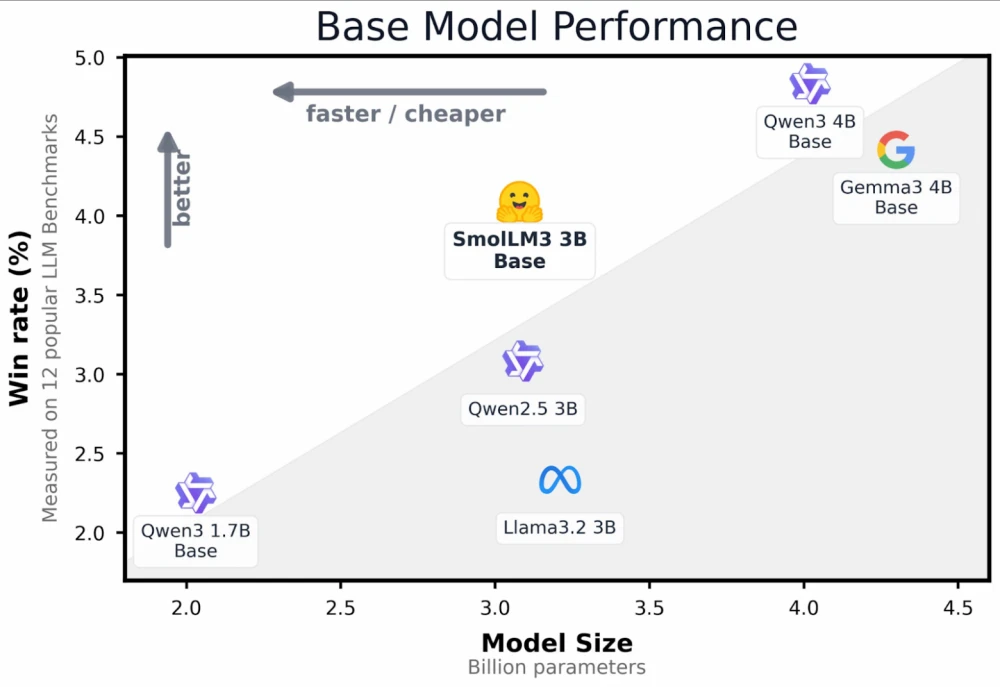
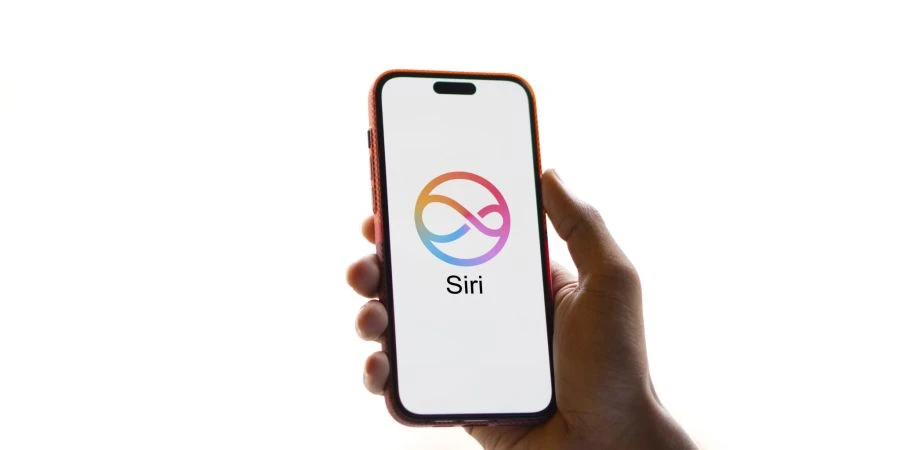





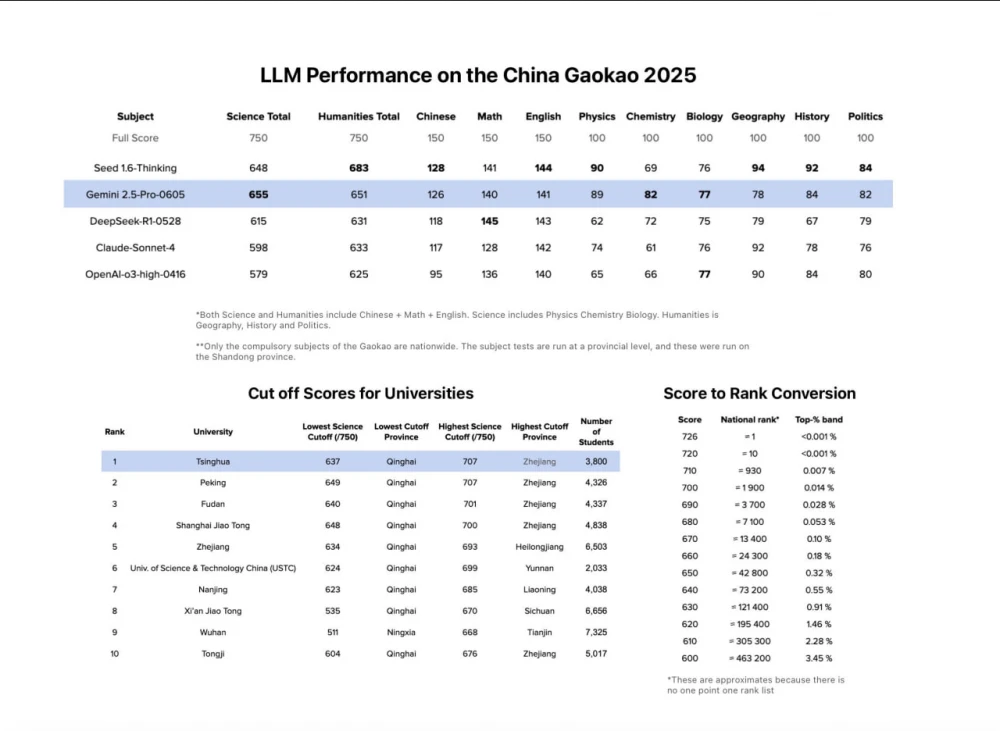



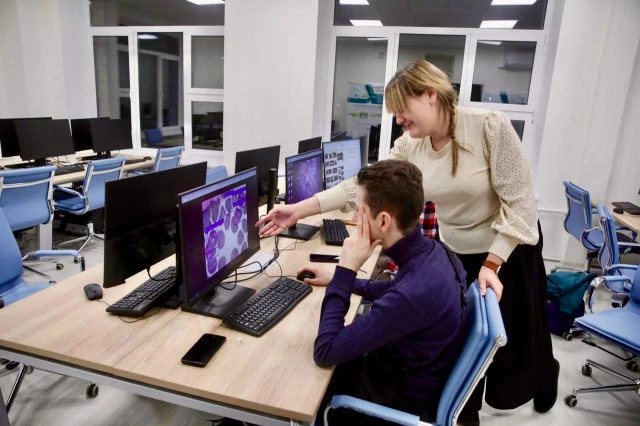
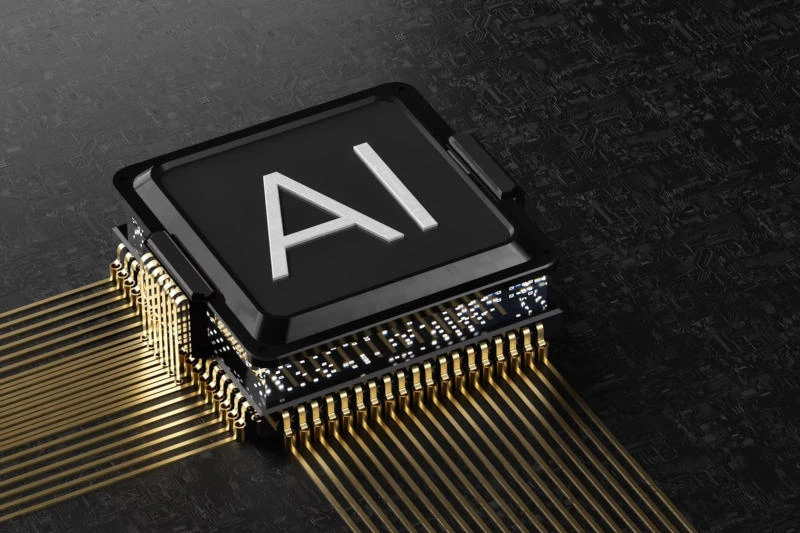




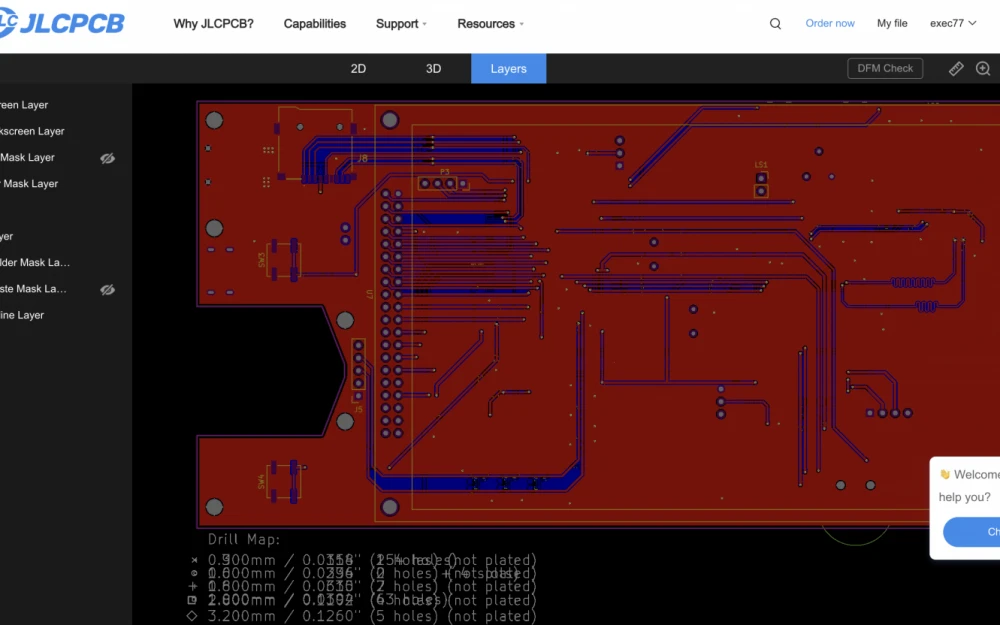
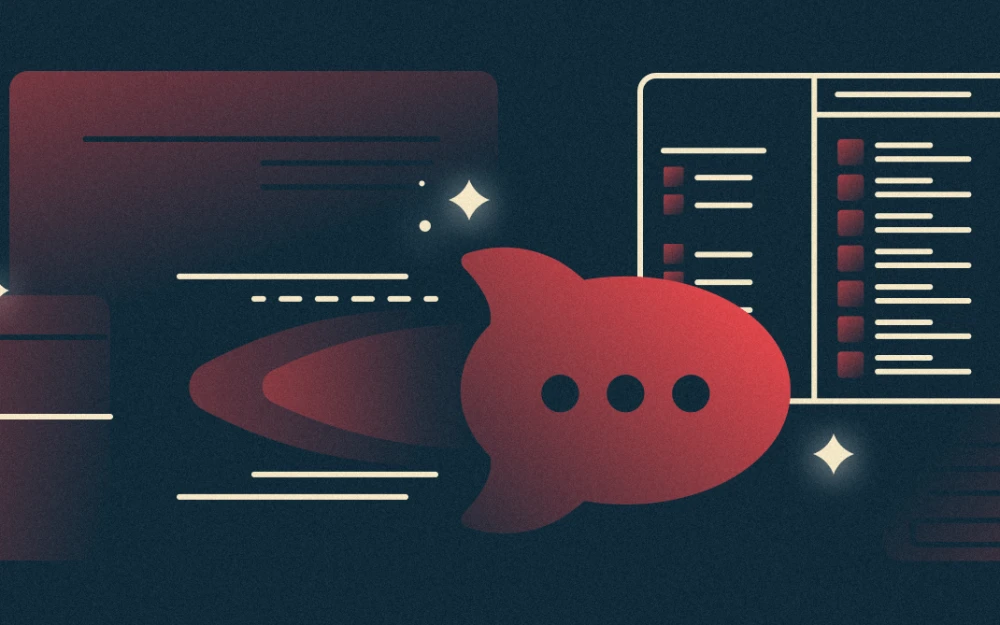


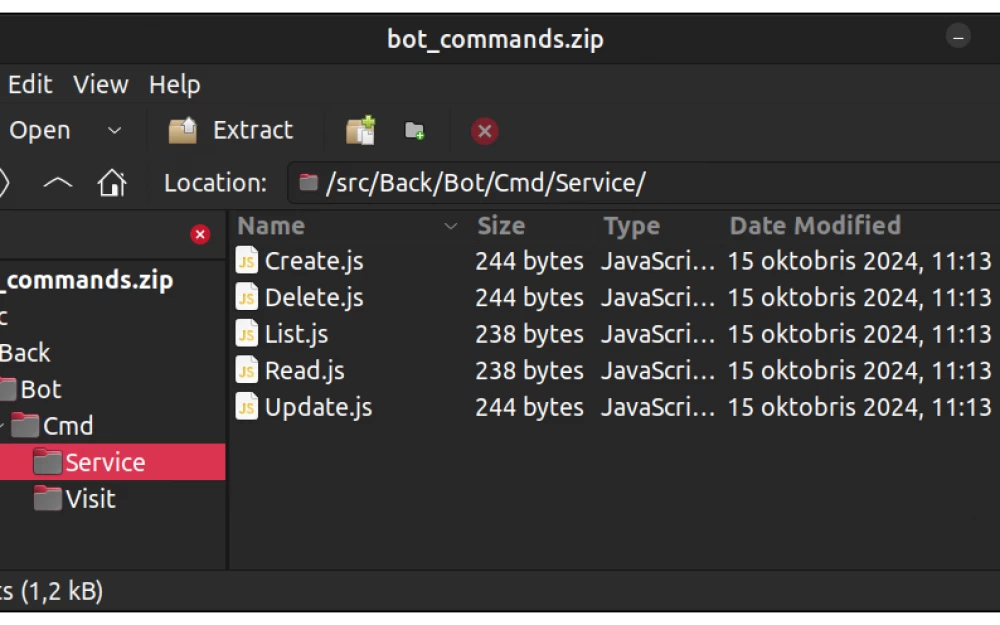
Write comment